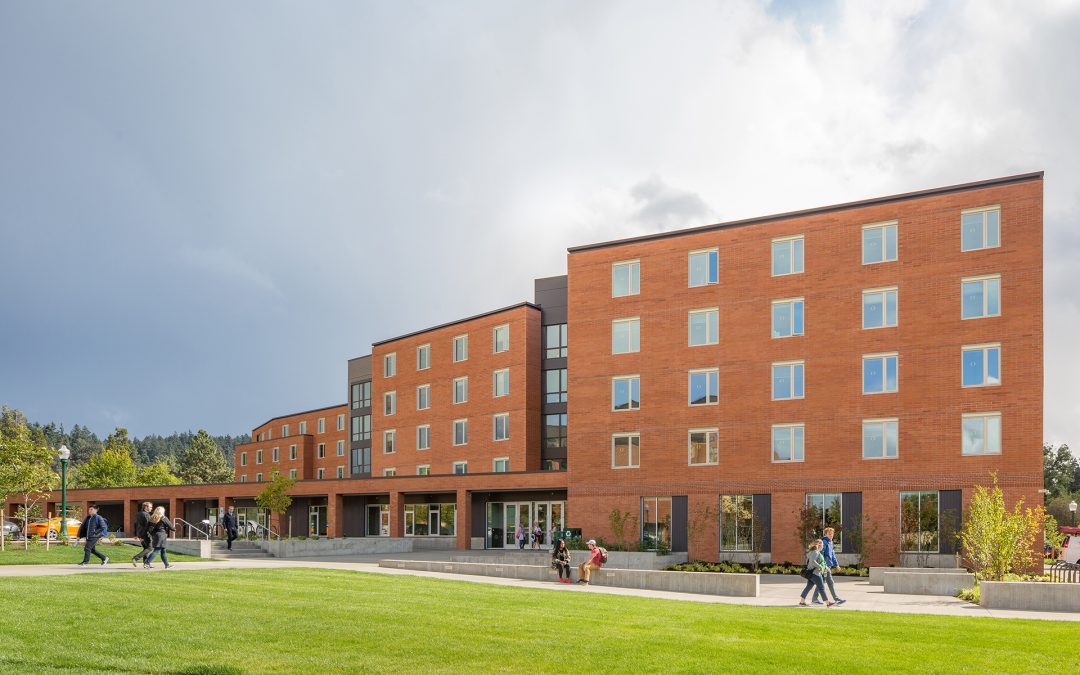For Kalapuya Ilihi, a residence hall at University of Oregon, we used advanced framing techniques to save time and money.
At Froelich, we excel at using a light touch to save on material costs. We come up with smart solutions as to not “over-engineer.” We’d rather do more math, considering loads and seismic forces, than throw lumber at a job.
Earlier this year, the building industry started to panic over the cost of building materials, especially lumber, which went through the roof due to pandemic-related supply shortages coupled with pandemic-related demand. Material prices can often fluctuate due to production, natural disasters, or increased development. But lumber prices shot up 67% in 2021 and 340% since last year, as reported by Random Lengths. And it wasn’t just lumber—prices of gypsum went up nearly 7% from a year ago, steel prices went up 18%, and copper had also set a record high. Some of these prices have started to moderate, but it’s still true that the cost of construction materials is putting pressure on project budgets.
For wood construction projects, using an advanced-framing approach can save on materials and labor costs.
Advanced framing
Advanced framing, also known as optimum value engineering, is a framing technique designed to optimize material usage and thereby cut costs. Froelich knows how to employ advanced framing on our projects. For example, the Kalapuya Ilihi Residence Hall at the University of Oregon used advanced framing from start to finish. We’re also using advanced framing on a project in the works at Oregon State. This is because the method saves money by using less lumber, less labor, less waste, and is more sustainable!
Less lumber
We’re able to significantly reduce building material quantities by designing on two-foot modules; spacing out wall studs, floor joists, and roof rafters; using two-stud corner framing; eliminating headers in non-load-bearing walls; and using single lumber headers where appropriate. This also produces more energy-efficient homes without compromising the strength or durability of the structure. Advanced framing can save builders on material costs by up to 30%.
Less labor
Using less lumber means less labor—fewer pieces to install simply means less installation time. With walls pre-cut and ready to be assembled, we can reduce the labor needed to complete the job. This can be anywhere from 20-60% faster than a traditional build!
Less Waste
On a typical build, raw lumber arrives on the job site and must be cut to fit prior to assembly. With advanced framing, components are pre-designed, engineered, and cut to fit before shipping. This reduces waste and saves you money on lumber that would otherwise end up in a dumpster. A single-family home can generate up to 6 tons of waste, and removal of waste at such large scales can cost thousands of dollars, increasing your overall project cost.
We always take building materials and their associated costs into account. If you’d like a fresh look on a project whose material costs and construction methods could use a second look, please don’t hesitate to contact us!

